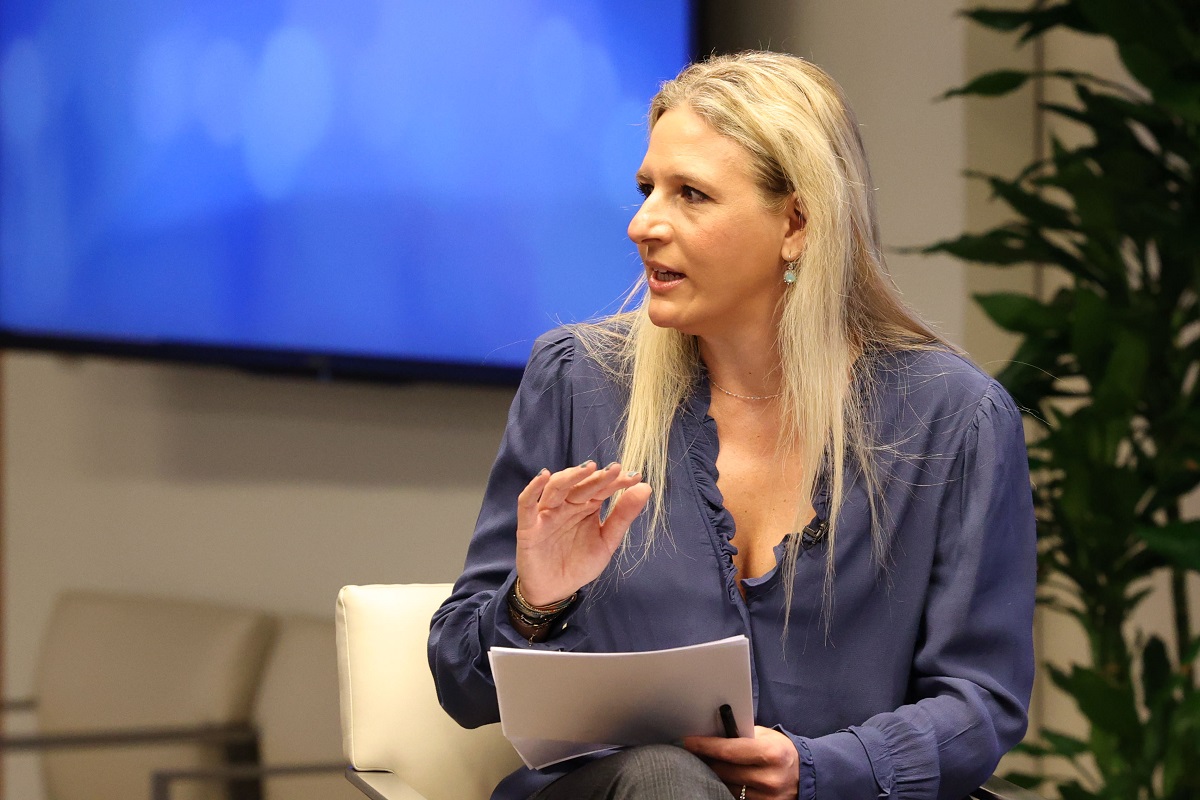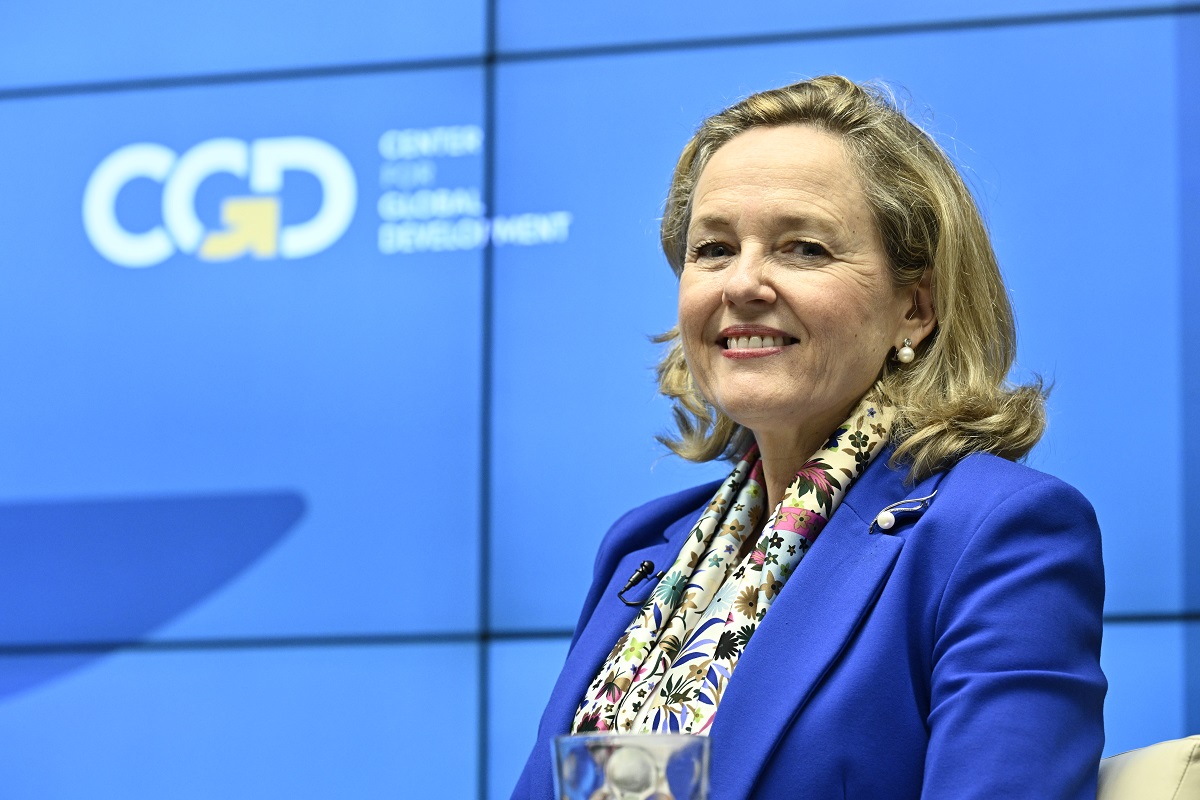This weekend, children in Nicaragua received Advance Market Commitment (AMC)-financed pneumococcal vaccines that protect against the strains of pneumonia, meningitis and sepsis common in poor countries. Thanks in part to the AMC, the new and improved pneumo vaccines will reach the world's poorest children during the same year children in wealthy countries obtained access, and at a fraction of the price.
According to the
GAVI Alliance, 19 countries have been approved for the introduction of pneumo with GAVI support through the AMC. Nicaragua, Honduras and Guyana are introducing the vaccine this month, followed by Mali, Sierra Leone and Yemen in January. Another seven countries also will be introducing the vaccine 2011.
Here at CGD, we take a special interest and pride in this milestone. CGD published
Making Markets for Vaccines in 2005, proposing that donors create incentives for increased industry attention to prevention and treatment products for diseases in developing countries. This incentive was called an advanced market commitment. First proposed by Michael Kremer, developed by a CGD working group led by Ruth Levine, and nurtured by the GAVI Alliance, the World Bank, and many others, the idea of an AMC became reality with a pilot focused on an improved pneumococcal vaccine. (A vaccine that worked in high income countries was already available but additional incentives were required to tailor the vaccine to deal with developing country disease strains). The pilot was
launched at the G8 Finance Ministers’ Pre-Summit Meeting in Lecce, Italy, in 2009, mobilizing $1.5 billion from Italy, UK, Canada, Russia, Norway and the Bill & Melinda Gates Foundation.

This weekend was the moment of truth, when the years of planning and hard work paid off. AMC resources have “topped up” the price paid for doses of the vaccine during the introduction phase into the developing world, providing a commercially viable return for the firms able to produce the appropriate product in adequate quantity. The sponsors have, in effect, made a market where none existed before, and for-profit manufacturers have respond by building up capacity to meet the demand. (For more information, see the
AMC website.)
One reason for the AMC success: it reduced the unpredictability and volatility that too often characterizes aid funding for health and other needs . For cost-effective interventions like childhood vaccination, frontloaded, binding donor commitments spanning multiple years make sense (see Owen Barder’s 2006
paper on the health benefits of frontloading). Even assuming that a pneumo vaccine appropriate for developing country use had become available this year without additional incentives, the current economic climate would have made the rapid introduction and scale up-almost impossible.
An evaluation of the AMC is underway (baseline report including simulations of supply and demand counterfactuals available
here), but it’s already clear that the AMC should be seriously considered for other vaccine candidates. The original working group examined the malaria vaccine as an option with support from the Malaria Vaccine Initiative; a vaccine against HIV/AIDS is another possibility. Already the evident success of the pneumo AMC has sparked interest in similar mechanisms in other sectors, including
agriculture innovation and
clean energy.
In the meantime, cheers to those who have worked so hard to reach this day!
CGD blog posts reflect the views of the authors, drawing on prior research and experience in their areas of expertise.
CGD is a nonpartisan, independent organization and does not take institutional positions.


 This weekend was the moment of truth, when the years of planning and hard work paid off. AMC resources have “topped up” the price paid for doses of the vaccine during the introduction phase into the developing world, providing a commercially viable return for the firms able to produce the appropriate product in adequate quantity. The sponsors have, in effect, made a market where none existed before, and for-profit manufacturers have respond by building up capacity to meet the demand. (For more information, see the
This weekend was the moment of truth, when the years of planning and hard work paid off. AMC resources have “topped up” the price paid for doses of the vaccine during the introduction phase into the developing world, providing a commercially viable return for the firms able to produce the appropriate product in adequate quantity. The sponsors have, in effect, made a market where none existed before, and for-profit manufacturers have respond by building up capacity to meet the demand. (For more information, see the 


